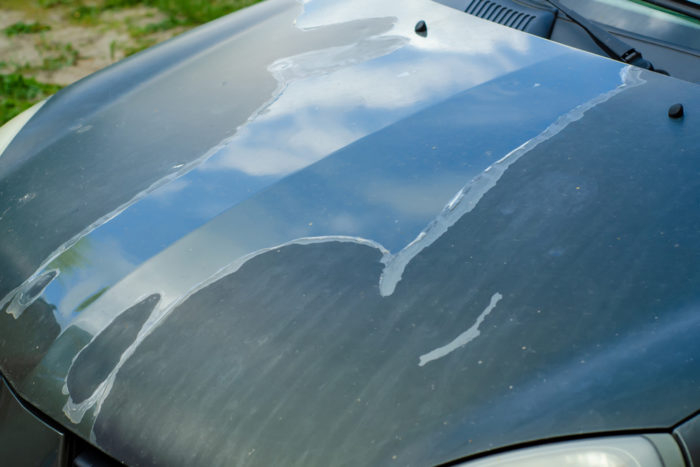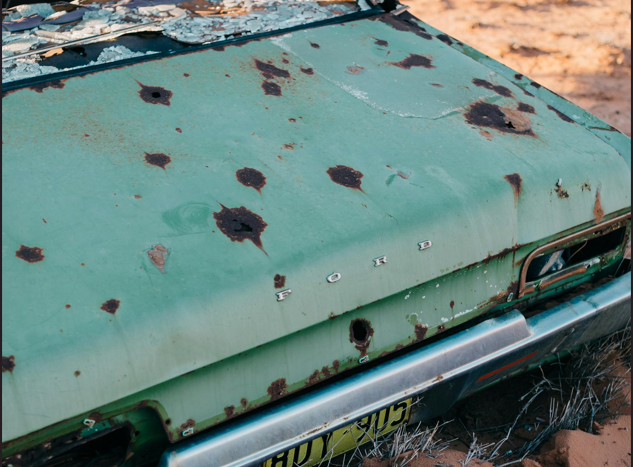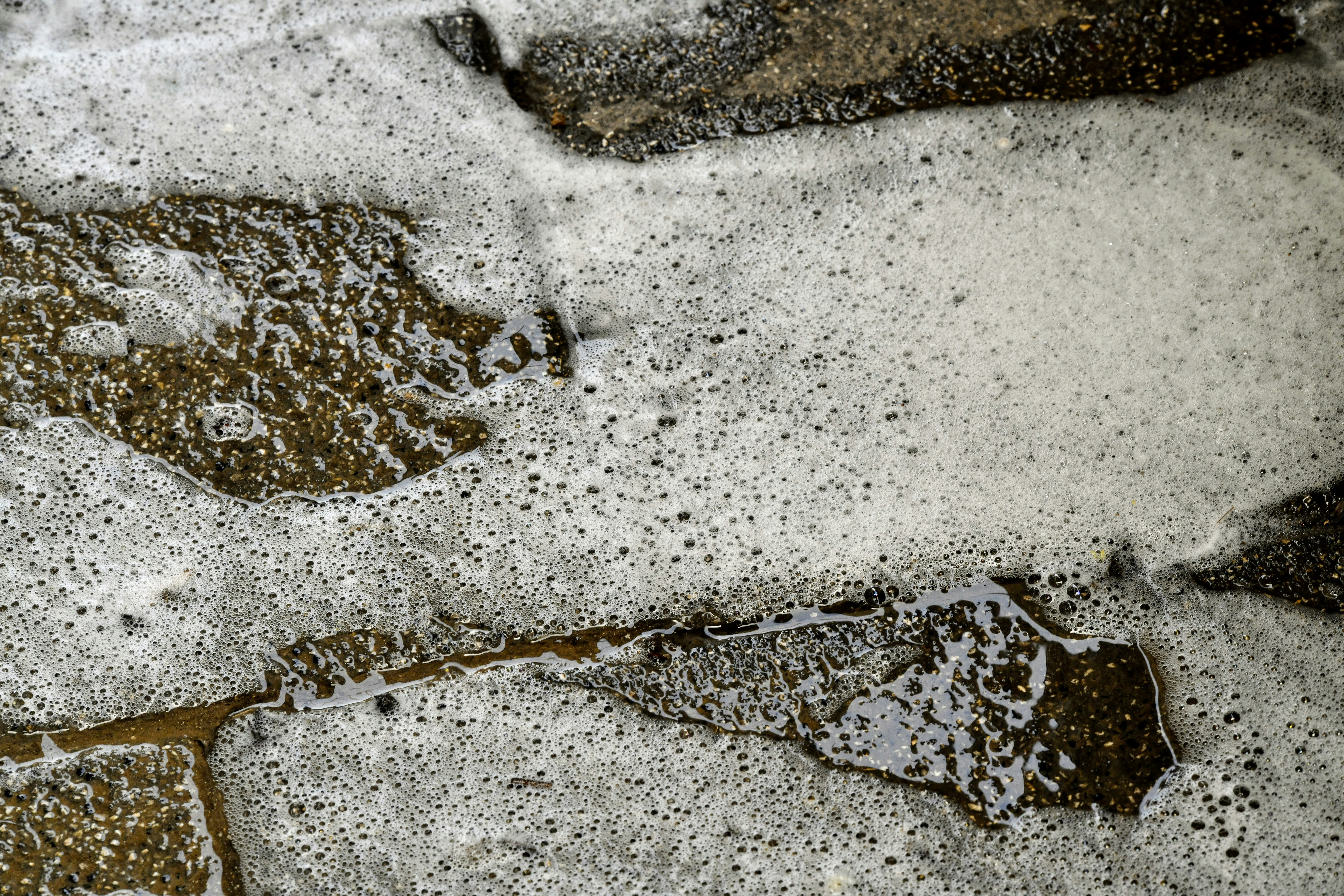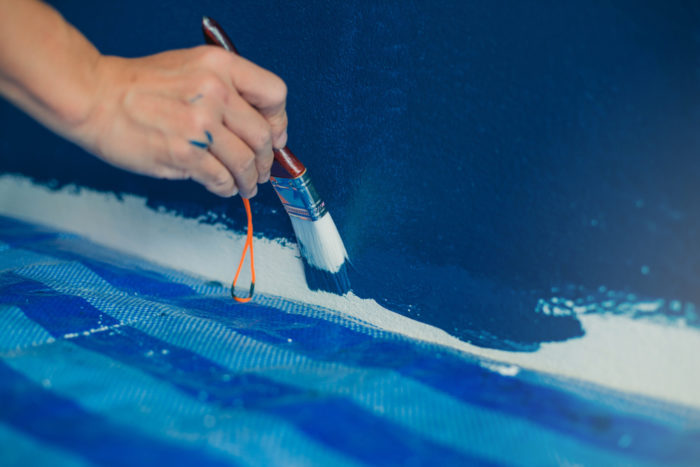How Many Coats Of Paint Does It Take To Paint A Car?

The number of coats of paint required to paint a car properly can vary based on several factors, including the type of paint used, the color being applied, the desired finish, and the specific application method.
A general guideline can help you understand what to expect…
Primer
- Number of Coats – Typically, 1-3 coats.
- Purpose – Primer ensures good paint adhesion to the surface, helps to fill in any minor imperfections, and can also help achieve a uniform color and finish.
Base Coat (Color)
- Number of Coats – Usually, 2-4 coats are applied.
- Purpose – The base coat is where the car’s color comes from. Multiple thin coats are recommended to achieve an even color, with each coat lightly sanded if necessary to ensure a smooth finish. The exact number of coats can depend on the color’s opacity and the type of paint used.
Clear Coat
- Number of Coats – Generally, 2-3 coats.
- Purpose – The clear coat provides a protective layer over the base coat, adding gloss and protection from the elements. It’s the final layer applied in the painting process.
Considerations
- Transparency of the Paint – Some colors, especially reds and yellows, may require more coats to achieve full coverage and depth of color because they can be more transparent than others.
- Type of Paint – The formulation of the paint (urethane, enamel, lacquer, etc.) can affect how many coats are needed. Urethane paints, for example, are popular for their durability and might require fewer coats compared to other types.
- Method of Application – Spraying tends to be the most efficient and even method of application. The thickness of each coat and the technique used can influence the total number of coats required.
- Desired Finish – The final look you’re aiming for can also dictate the number of coats. A deeper gloss or a specific custom effect might necessitate additional layers.
Additional Tips
- Drying Time – allow sufficient drying time between coats, following the manufacturer’s recommendations. Rushing this process can result in a subpar finish.
- Testing – If possible, test the paint on a similar material or an inconspicuous area to determine the optimal number of coats for your desired outcome.
- Professional Advice – For those new to automotive painting, consulting with a professional or following the paint manufacturer’s guidelines can provide more specific guidance tailored to your project.
Overall, while the above provides a general framework, the specific requirements for your car’s paint job may vary. Achieving a professional-looking finish often involves a balance between following general best practices and adapting to the specific needs of your project.




